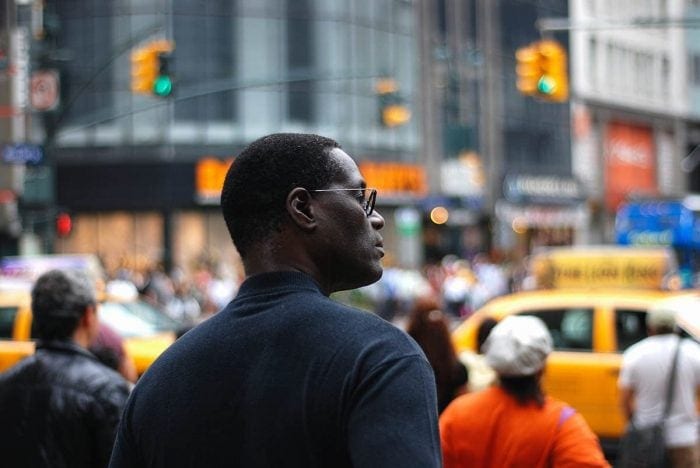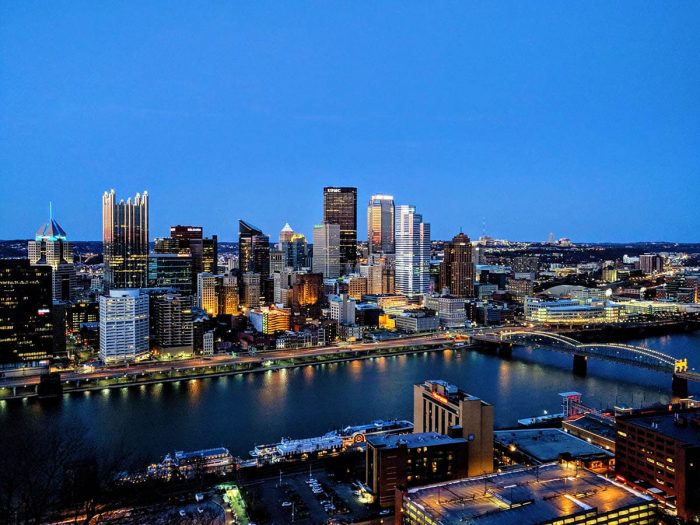
Goodbye to Traffic Jams? AI Is Taking Over Traffic Lights
Science fiction offers us two visions of the future. A pessimistic one, where technology has made society worse, incredibly unequal and unjust, suffering on a planet that is polluted and sick. And an optimistic one, where that same technology has managed to bring out the best in our species and we’re living in a cleaner, quieter, more just world with flying cars and… no traffic jams?
24 of September of 2019
The rubbernecker effect, inclement weather, spikes in demand, or the accordion effect. The causes behind heavy traffic haven’t really been discussed. Some have to do with the behavior of drivers. Others with unexpected occurrences. And yet others with the way traffic is managed. Artificial intelligence has a lot to offer each of these and can do so simply by controlling a traffic light.
Traffic lights that watch over the streets
In 2017, drivers in the United Kingdom on average spent 45.73 hours trapped in traffic jams. Italians, 37.36, and Spaniards, 25.6. These figures, from the European Commission’s Directorate-General for Mobility and Transport obscure the much higher rates in cities. In 2018, London drivers lost 227 hours due to heavy traffic, those in Rome 254, and Madrilenians 129 hours, according to the INRIX 2018 Global Traffic Scorecard. And how would a smart traffic light solve this?
 Urban Sanden
Urban Sanden
IBM is one of the companies that think that artificial intelligence can offer us a future free from traffic. Last year, its team of engineers, led by John B. Gallagher and Steve Hobson, registered a patent for a new traffic light control system based on real-time management of information received from a set of cameras. Thanks to an artificial intelligence algorithm, traffic lights are capable of adapting to traffic, instead of the other way around. Additionally, as with every machine learning system, the traffic lights can learn from their environment and optimize their operations more and more.
In this system, the first source of information is video. It would be like giving a traffic light eyes, or, even better, giving the signal some of the abilities of a traffic officer. Artificial intelligence analyzes the video, identifies patterns, and acts accordingly. “We want to detect anything that may influence the traffic light’s behavior, like extending the time of the crossing signal to help students cross safely,” Steve Hobson remarks.
In addition to the video, the system can include other sources of information, like sensors or meteorological data, as well as identifying patterns in the data history to reduce traffic (and the associated pollution and noise) and increase roadway safety.
 Aerial view of the city of Pittsburgh, Pennsylvania / Igor Oliyarnik
Aerial view of the city of Pittsburgh, Pennsylvania / Igor Oliyarnik
Pittsburgh’s experience
IBM’s patent is, at the moment, in labs and at the United States’ patent office. But there are already real use cases for similar technology. Since 2012, the city of Pittsburg, in collaboration with Carnegie Mellon University, has had smart traffic lights. It started out as an experiment and a pilot project, and today the city has more than 50 intersections regulated by smart traffic lights.
Since the first results came in seven years ago, the city had no doubt about it. The system, which was named Surtrac, has managed to reduce traffic by 40%, average travel times by 25%, and emissions by 20%. The Surtrac traffic lights are equipped with sensors and cameras. As with IBM’s system, artificial intelligence analyzes all this information in order to reorganize and optimize the traffic lights’ behavior.
At the end of last year, the municipal government announced that it was investing $11 million to continue expanding the system. Today, Carnegie Mellon’s smart cities institute, Metro21, and the robotics department have already developed a second version of the AI algorithm, Surtrac 2.0. And the technology has served as the basis for creating a startup, Rapid Flow Technologies, to commercialize the solution in other cities.
 Red lights in traffic in Manhattan, New York. / Corinne Lanthemann
Red lights in traffic in Manhattan, New York. / Corinne Lanthemann
And what if we end up not needing traffic lights?
Artificial intelligence is still in its infancy. If, someday, as forecasted by some, it comes to dominate the entire technological spectrum, will we even need traffic lights? If we have smart self-driving vehicles that run on smart roads through cities that are fully equipped with sensors and automated, why would we need lights that tell us how to drive?
In the English city of Milton Keynes, they are trying this out (though with human drivers instead of self-driving cars). There, they are putting intersection priority management to the test. With cars equipped with V2V (vehicle-to-vehicle) communication technology, a smart system analyzes the location, the direction, and the speed of each vehicle; decides who should have the right-of-way; and tells the driver whether they should continue, slow down, yield, or stop. As if there were a traffic light on every dashboard.
The initiative isn’t the only one that Milton Keynes has put into practice for smart traffic management. Since last year, they also have a system of smart traffic lights developed by Vivacity Labs that adapts to the needs of every road at all times.
London and Munich are other cities that are gradually deploying artificial intelligence systems to control their traffic lights. The promise of less congested, better-flowing, cleaner cities is well worth it. Technology offers us these possibilities. The decision about what sort of future we want is in our hands.





There are no comments yet